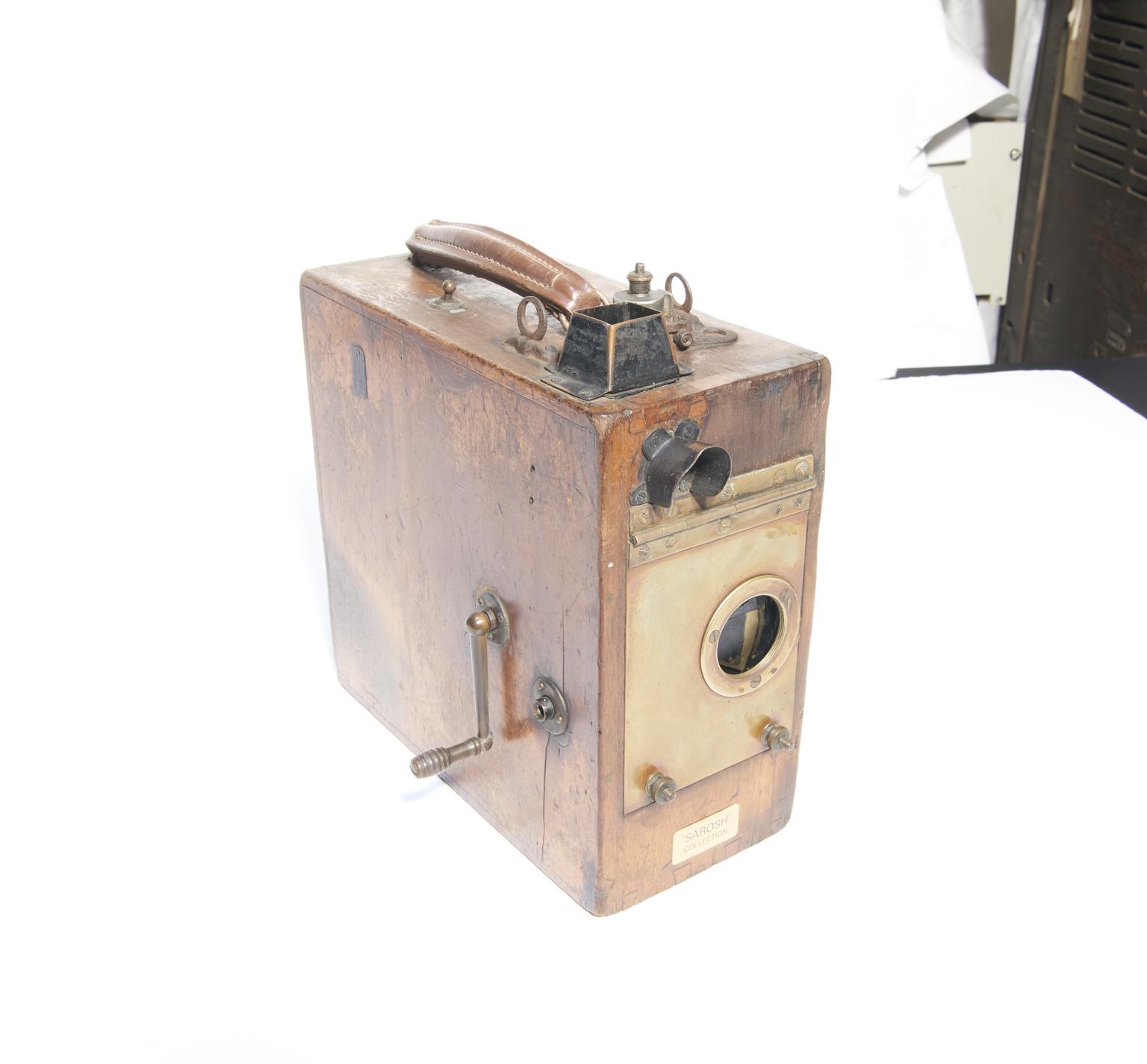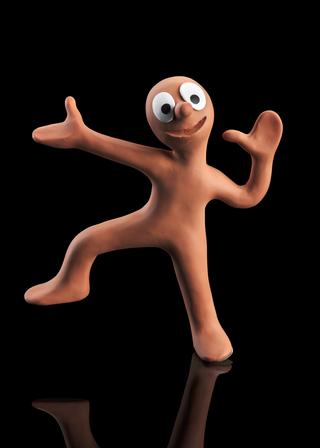
Williamson 35mm Cine Camera
Williamson 35mm cine camera with single frame shutter mechanism, lens, reflex brilliant viewfinder, crank handle and two internal 200 feet film magazines. Special two-blade rotating shutter with spring release action, giving a single frame exposure with each rotation of the crank handle. Possibly designed for stop-motion animation or as a street photographer's camera.
More
James A. Williamson (8 November 1855 – 18 August 1933) was a Scottish photographer and a key member of the loose association of early film pioneers dubbed the Brighton School. He trained to be a master chemist and moved to London in 1868, where he was an apprentice to a pharmacist. He was also a keen amateur photographer who sold photographic apparatus and chemical supplies in his own shop and became an agent for Kodak.
In 1886, he moved his chemist's and photographic business to 144 Church Road, Hove and formed friendships with fellow pioneers Esmé Collings, William Friese-Greene and George Albert Smith, among others, for whom he supplied chemicals and processed films. Williamson, who initially purchased and adapted an apparatus for local showings of Smith's films was, with assistance from the engineer Alfred Darling, able to create his own home-made filming apparatus and begin making films. He later formed the Williamson Kinematographic Company, whch continued after his death in 1933.
- Object Number:
- 2007-5005/34/1
- type:
- 35mm cine camera
- Image ©
- The Board of Trustees of the Science Museum






